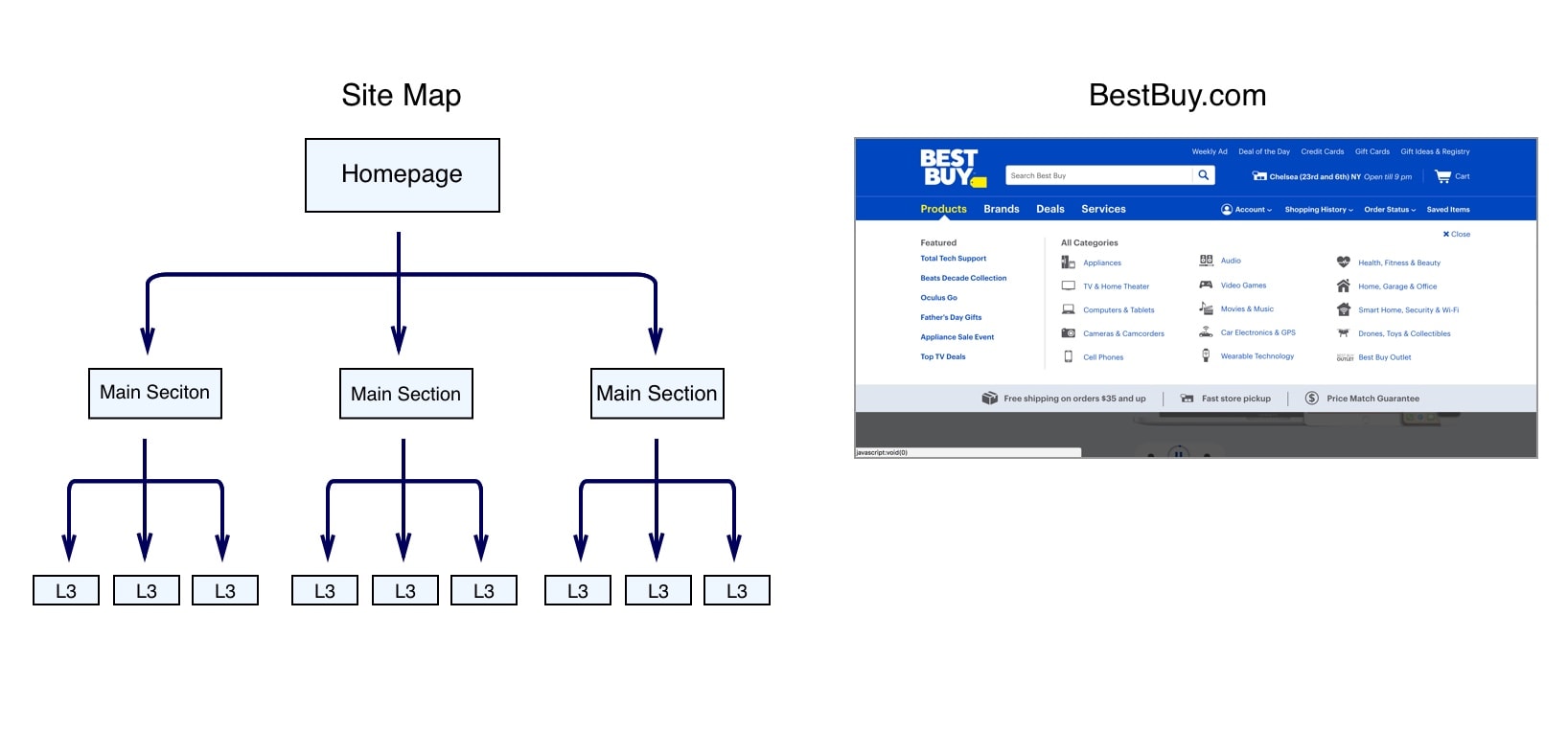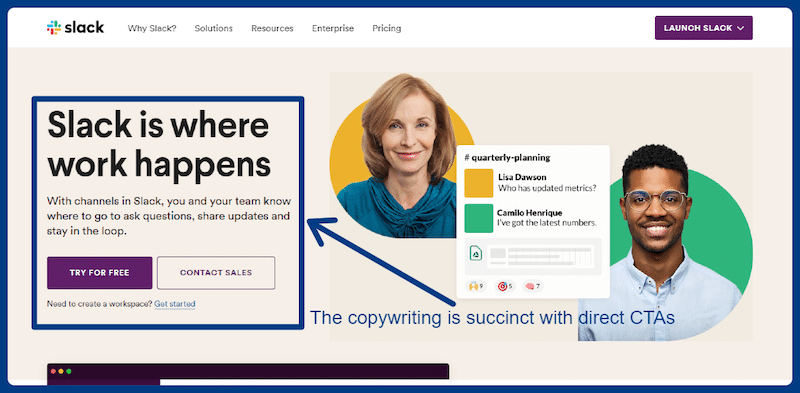
Web designers shouldn't ignore desktop traffic, even though there is a greater emphasis on mobile-friendliness. It is estimated that 75% to 75% internet users use desktop devices. However, the number of mobile users will decline between 2020-2021. Although mobile devices have the largest screen size of all, it is still important to use desktop devices for most internet browsing. These are some tips for people who don't fully understand the importance to adapt web design to mobile devices.
Media queries
Media queries are great for websites that can adapt to different screen sizes. Media queries can change the color of text and body depending on the viewport. To use media questions, open the source URL of the page from your browser. You can also use maximum and minimum values. This article will show you how to create responsive layouts by using media queries.
It is easy to adjust the layout by using media queries. The most common page sizes are 320px, 768px and 1200px. These page sizes work well on desktops, tablets, smartphones, and other devices. However, if your screen is larger than the above standards, you may need to change the appearance of your site. To do this, you should use CSS to adjust the layout of your site to fit different screen sizes.

Media types
If you're trying to make your website compatible with a variety of screen sizes, you'll need to use CSS media queries to create responsive layouts. In HTML, media query were first introduced in CSS2.1. They are the tools that let you set separate styles for print and screen sizes. Today, media queries can be used in CSS3 to display a different layout depending on the width of the user's device.
You can choose the ideal size for your website by first defining the minimum screen width. This width should be around 360px. However it is possible to go as far as 500px. To calculate this width, you can use a readability theory that suggests that an ideal column length is between 70-80 characters per line, or about eight to ten words in English. When the text block reaches that size, it is time to add a stoppoint.
Meta viewport
A meta viewport tag is a way to provide the same URL across multiple devices while maintaining a consistent design across them all. By detecting the visible window size of a browser and delivering content accordingly, a responsive site can serve the same URL to users across all devices. The viewport element can be used to set the page's width. You can also use the content attributes to adjust it to fit the width on the device. This will allow your page to automatically scale to the width of your device.
The viewport meta tag tells the browser how to display your page. It tells your browser how to scale and adjust the page to fit your device. It is recommended to use the device width meta tag. This gets the screen's width in CSS pixels. The initial scale, maximum scale, and minimum scale values set in the meta viewport tag control the zoom level the browser will display the page when the user opens it. These values keep the device's width in a 1:1 ratio to the viewport. When the user tilts the device, it automatically scales down so that the user is in the right place.

Fluid image use
Fluid images are essential for responsive web design. Understanding their working principles is key. Images are the largest elements on a page and therefore must be loaded first. Browsers scan the page first for URLs to image URLs before loading external CSS or building a DOM. Images can be so large that the browser must first determine the size of the source images before it can decide how to crop them. A fluid image solves this problem the best.
You should be aware that a fluid image can be used in responsive web designs. The image's size will change depending on the viewport. It is ideal for small screens to cover the entire width of the viewport. Large screen images will only take up a fraction of that space. Images that are fluidly laid out must be flexible enough to adapt to the changes in the size of the viewport and can be used at different resolutions. Although fluid images can be made with many image formats, browsers are not often able to support WebP.
FAQ
What Should I Include In My Portfolio?
These should all be included in your portfolio.
-
Exemplaires of previous work
-
Link to your website (if possible).
-
Link to your blog.
-
Here are some links to social media pages.
-
Other designers' online portfolios can be found here.
-
Any awards you received.
-
References.
-
You can also send us samples of your work.
-
Links showing how you communicate with clients.
-
You are willing to learn new technologies.
-
These links show that you are flexible.
-
Links that show your personality
-
Videos showing your skills.
How much do web developers make?
The hourly rate for a website you create yourself is $60-$80. You can charge more if you're an independent contractor. You could potentially charge anywhere from $150-200 per hour.
How much does it take to build a website.
The answer to that question depends on the purpose of your website. Google Sites, for example, might not be necessary if you are merely looking to share information about your business or yourself.
However, if you want to attract visitors to your website, you'll likely want to pay for something more robust.
The best option is to use a Content Management System, such as WordPress. These programs allow you to create a website without knowing anything about programming. This is because the sites are hosted and maintained by third-party companies. You don't have any risk of being hacked.
Squarespace, a web design service, is another option. You can choose from a range of plans, ranging in price from $5 to $100 per monthly depending on what you need.
Can I use HTML & CCS to build my website?
Yes, you can! You'll need to be familiar with web design concepts and programming languages such HTML (Hyper Text Markup Language), CSS, and CascadingStyle Sheets. These two languages make it possible to create websites accessible by all who have an internet connection.
Where Can I Find Freelance Web Developers?
You can find freelance web designers and developers in several places. These are some of the best choices:
Freelance Websites
These sites offer job postings for freelance professionals. Some have very strict requirements, while some don't care which type of work it is.
Elance is a great place to find graphic designers, programmers and translators.
oDesk features similar to oDesk, but they are focused on software development. They offer jobs in PHP, Perl, Java, C++, Python, JavaScript, Ruby, iOS, Android, and.NET developers.
oWOW is another good option. Their site focuses primarily on web designers and graphic design. You can also get video editing, programming and SEO services.
Online forums
Many forums let members post jobs and advertise. DeviantArt is an example of a forum that's dedicated to web developers. You can search for "web developer" using the search bar to see a list threads in which people are seeking help with their websites.
How can I make a website for free?
It depends on what type of website you want to create. Are you looking to sell products, build a website, or create a portfolio online?
It's possible to make a website that is essential using HTML and CSS. While it's possible to create a simple website using HTML and CSS, most web developers recommend using a WYSIWYG editor such as Dreamweaver or Frontpage.
Hiring a freelance developer is a good option if you don’t have much experience with designing websites. They will help you design a website that suits your specific needs.
Freelance developers can charge either an hourly or a flat fee. The amount of work they do within a certain time frame will affect the cost of hiring a freelancer.
For example, you might pay $50-$100 an hour to a company. For larger projects, rates are usually higher.
In addition, many freelance websites list available jobs. You could search there first before contacting potential developers directly.
Statistics
- Studies show that 77% of satisfied customers will recommend your business or service to a friend after having a positive experience. (wix.com)
- Did you know videos can boost organic search traffic to your website by 157%? (wix.com)
- The average website user will read about 20% of the text on any given page, so it's crucial to entice them with an appropriate vibe. (websitebuilderexpert.com)
- It's estimated that in 2022, over 2.14 billion people will purchase goods and services online. (wix.com)
- When choosing your website color scheme, a general rule is to limit yourself to three shades: one primary color (60% of the mix), one secondary color (30%), and one accent color (10%). (wix.com)
External Links
How To
How do I choose between CMSs?
There are two types of Content Management System. Web Designers can choose between static HTML or dynamic CMS. WordPress is the most widely used CMS. Joomla is a good choice if your site needs to look professional. Joomla! is an open-source CMS that allows you to create any type of website design. It's easy to install and configure. Joomla includes thousands of templates and extensions so you don't have to hire a programmer to build your site. In addition, Joomla is free to download and use. There are many benefits of choosing Joomla for your project.
Joomla is a powerful tool which allows you to easily manage every aspect your website. Joomla has many great features including a drag-and drop editor and multiple template support. It also includes image management, blog management, blog administration, news feed, eCommerce, as well as blog management. All these features make Joomla a good choice for anyone who wants to build their website without spending hours learning how to code.
Joomla supports all devices. So, if you want to develop websites for different platforms, you can do so easily.
There are many reasons Joomla is preferred over WordPress. There are many reasons why Joomla is preferred over WordPress.
-
Joomla is Open Source Software
-
Easy to Install and Configure
-
Thousands of Ready-Made Templates and Extensions
-
Free to Download and Use
-
All Devices Accepted
-
These powerful features are available
-
Excellent Support Community
-
Very Secure
-
Flexible
-
Highly customizable
-
Multi-Lingual
-
SEO friendly
-
Responsive
-
Social Media Integration
-
Mobile Optimized